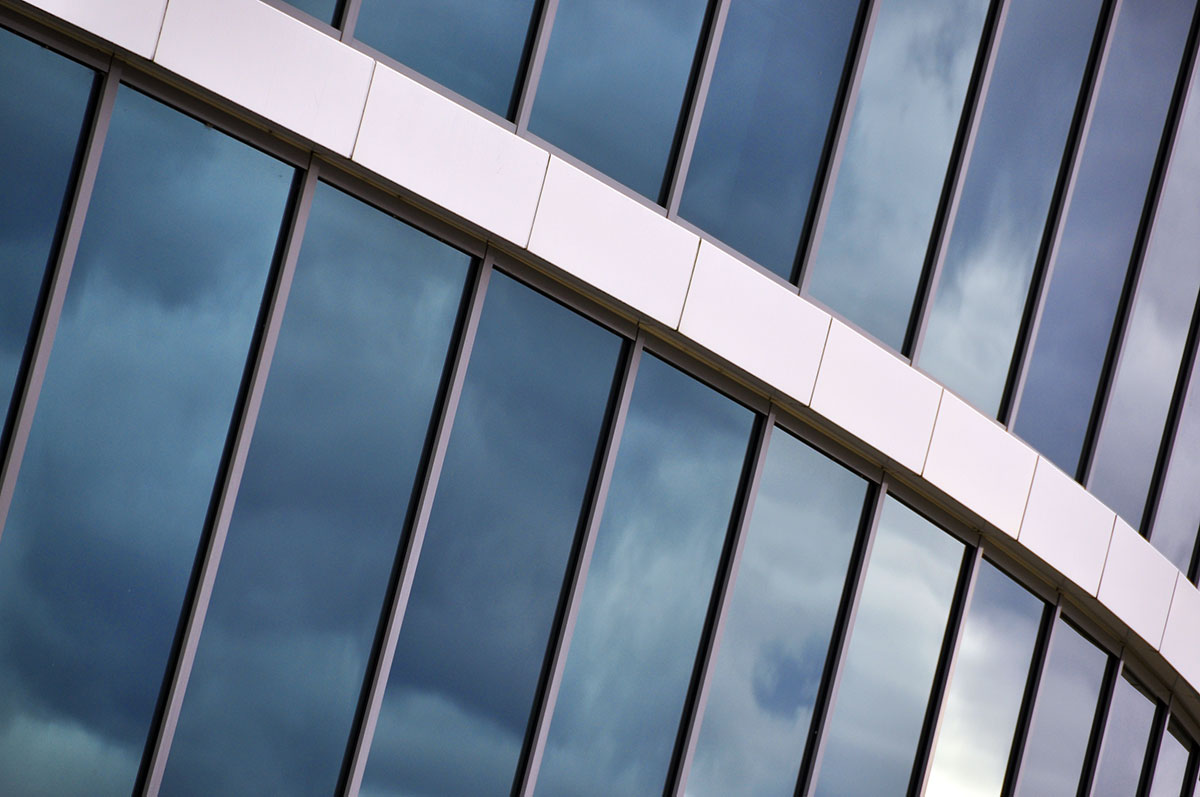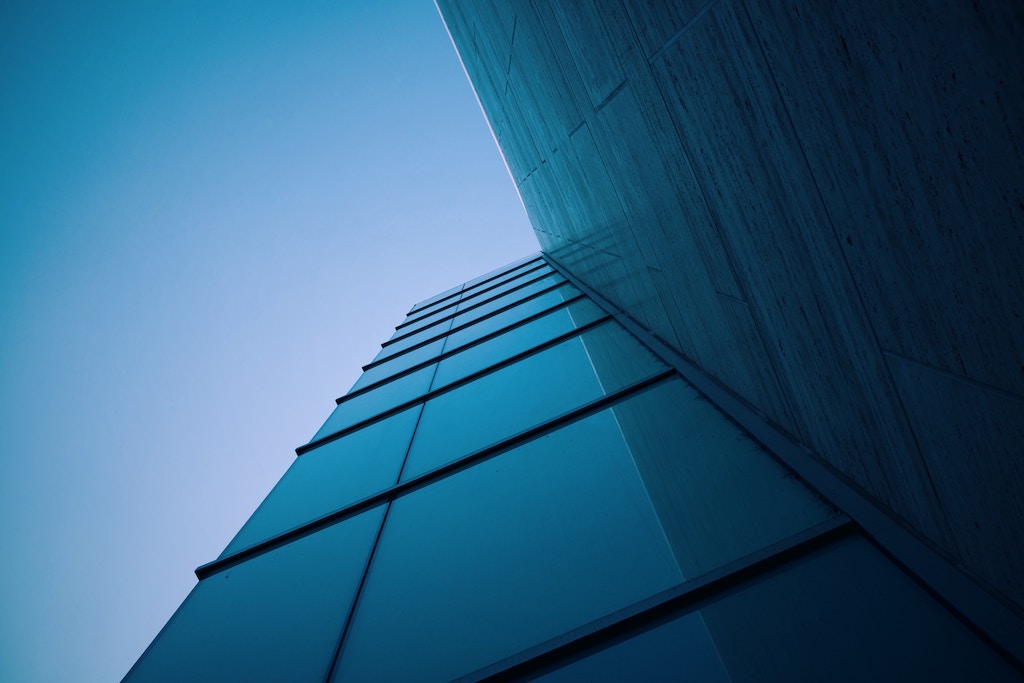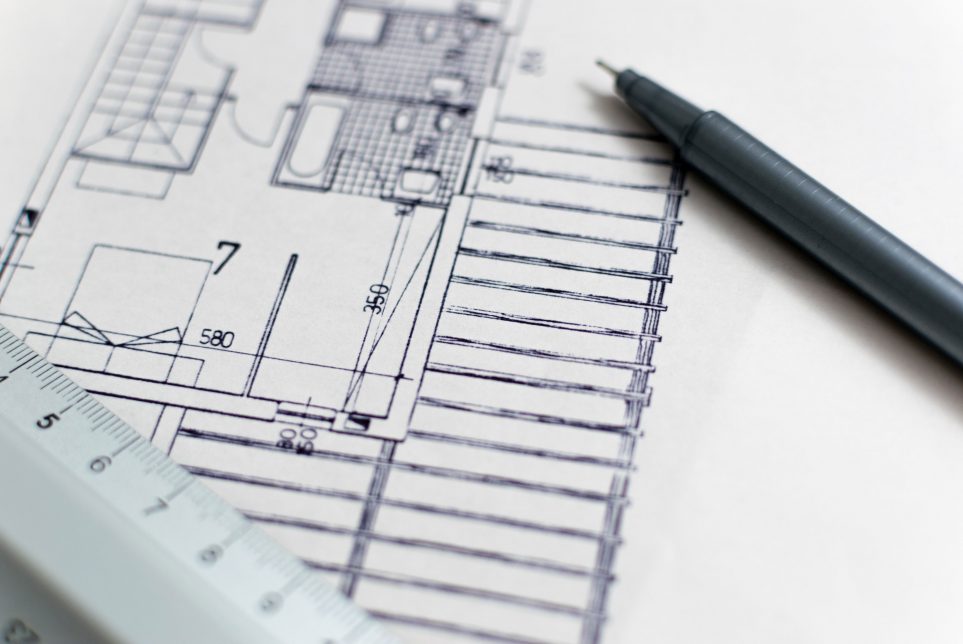High Efficiency Design in Schools
As parents we strive to create safe and nurturing home environments for our precious little ones, but home is not where they spend the majority of their time. For most of their waking hours, our children are in a school building, which makes the design of that environment critical to their emotional and intellectual growth, as well as their health and safety.
When you visualize the building in which you spent your formative yours, it’s pretty clear that in the past, school design was reminiscent of the spatial model of prisons. Nothing for architects to write home about. Fortunately, in the 21st century, those uninspired traditional structures are gradually going the way of the #2 pencil, clearing the path for fresh, new design concepts that support current education philosophies, while stimulating mind and spirit.
Safety and Comfort—Japan Leads the Way

High performance glass windows in schools are a key component in providing the safety and comfort necessary to keep students secure—and parents confident their children are adequately protected while they learn.
To that end, the Ministry of Education, Culture, Sports, Science and Technology of Japan is integrating high-tech windows into efficient school design that will reduce energy consumption and save lives in the event of a disaster.
Particularly since the Great Hanshin-Awaji Earthquake in 1995 and the Great East Japan Earthquake in 2011, Japanese schools have introduced both laminated and tempered glass that is 3-5 times stronger than conventional glass and also breakage resistant. If it does break, the fragments become granular without sharp edges that can cause injury.
Over the past two years, high performance glass windows in schools all over Japan have both heightened students’ security and created safer evacuation sites for local residents.
The Weather is Always Perfect

Low E double glazing is helping students in the colder regions of Japan remain cozy and comfortable all winter. In areas where the temperature is higher all year-round, Low E glass combined with air conditioners is keeping kids cool.
From open learning spaces, to inviting common areas, today’s schools are complex, comprehensive centers of living and learning, specifically designed to promote safety, comfort and engagement. The safer and happier students are, the more they can focus on their mission of leading us into the future.
Like this post? Learn more about the value of designing high performance schools here.

